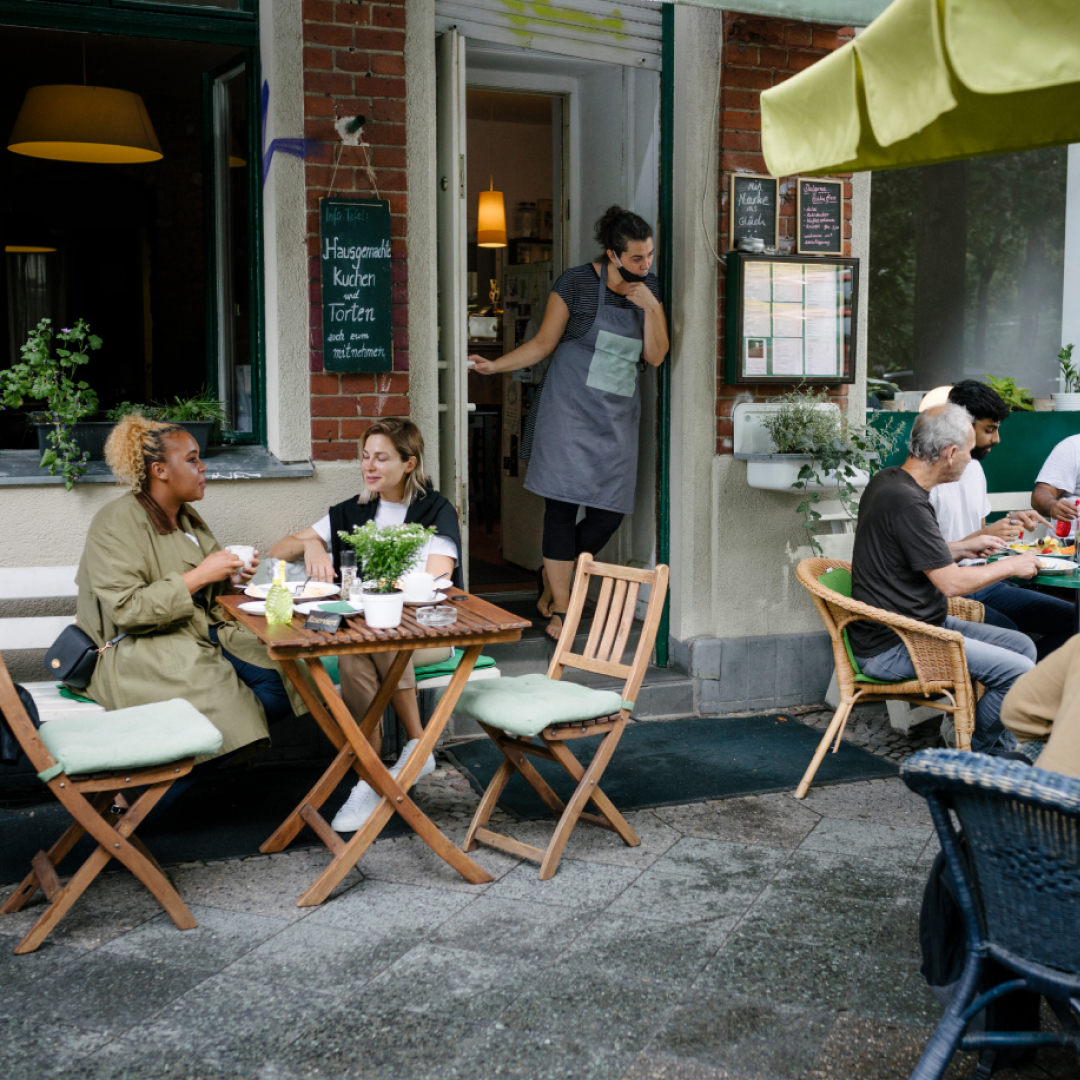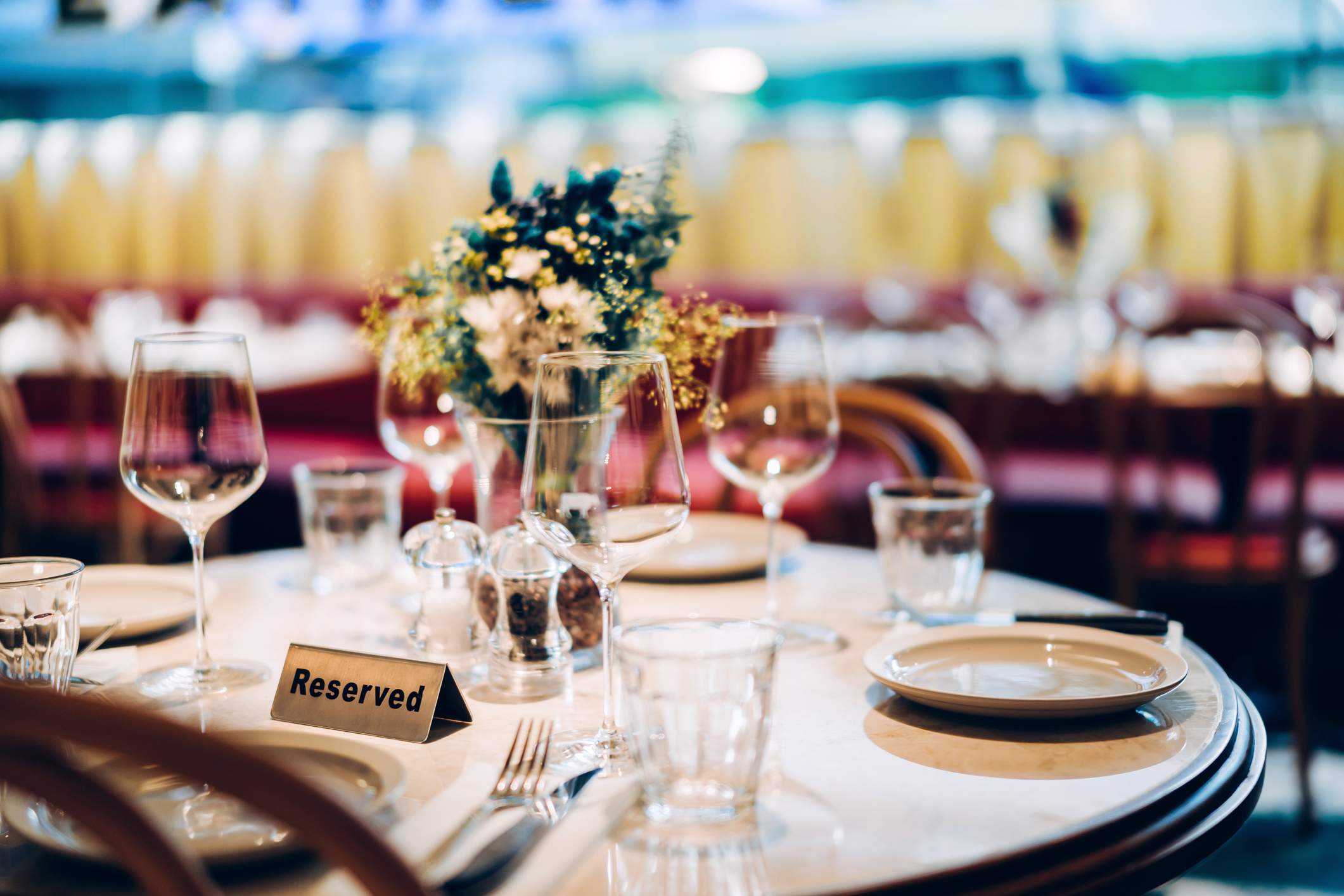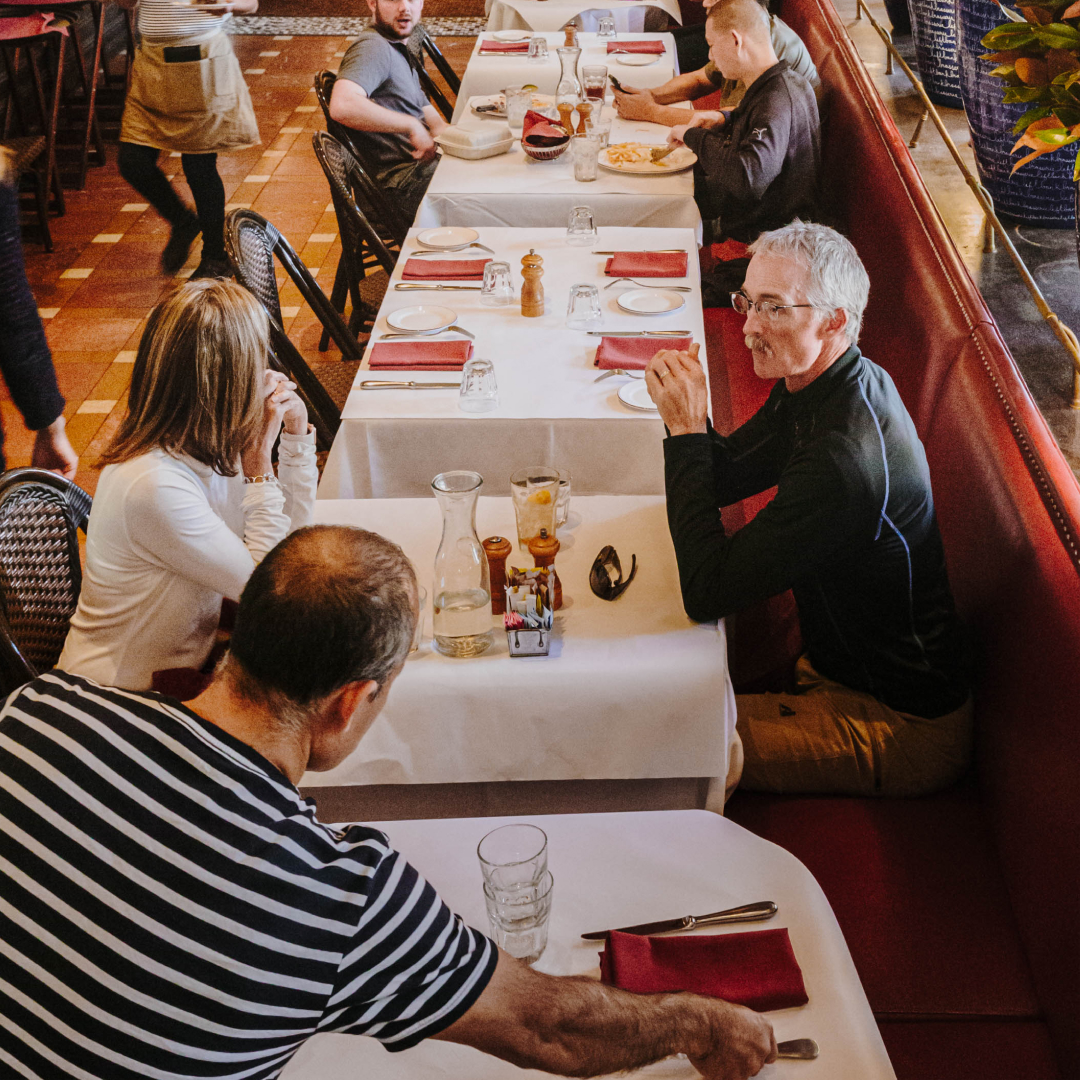No-shows cause plenty of pain in the restaurant business, both financially and emotionally. It can be hard not to take it personally when diners flake on their reservations, and the lost revenue can be devastating to the bottom line.
So far, no one has come up with the perfect solution that can completely eliminate no-shows, but a solid toolbox of effective strategies for minimizing them does exist. Here are some tools you can try in your quest to reduce no-shows. Not every strategy listed is right for every restaurant, but likely one or more will be a good fit for your business.
Request a deposit
Asking guests to put down a deposit is likely to make them think twice before no-showing. Paying a small payment upfront encourages people to commit to the date and time they’ve chosen and honor their reservation.
Deposits work best when used strategically. They can be especially helpful when it comes to large parties and high-demand times, like holidays.
Think through your deposit policy before you start requesting them. Keep in mind people are more comfortable with smaller amounts in the $5 to $20 range. And decide what kind of cancellation policy works best for you. A full refund on reservations canceled more than 24 to 48 hours in advance can work well for restaurants and guests alike.
Confirm reservations with text and email
When you remind people about their reservations, it can make a difference. You can call them, text them, and email them to give them the nudge. Giving guests the option to cancel at this time can help minimize no-shows. (This doesn’t need to be on your to-do list; OpenTable automatically sends reminder texts and emails.)
These reminders give you an opportunity to refresh guests’ memories about your booking policy, including how far in advance a reservation needs to be canceled. Remind them how long you’ll hold their table so there’ll be no surprises if they show up half an hour late and “their” table is no longer available.
You can also stay in touch directly with on-the-go diners using Direct Messaging to individually confirm reservation details ahead of time—that way guests are reminded of their upcoming reservation, they can let you know if their plans have changed, and you can better prepare for service.
Try prepaid experiences
When you create a special event for your guests, it makes sense to charge them upfront. It’s not much different from a concert or performance, after all. With Experiences, you can design a fancy seasonal tasting menu or laid-back burritos-and-beers night and essentially sell tickets. When diners opt-in to a prepaid experience, they are very likely to attend. And even if they no-show, it protects you—you don’t lose money. Adding one or more Experiences to what you offer can help ensure cash flow and dramatically cut down on those no-shows.
Plan for the worst
It’s good business to have a plan for what you’ll do when people either don’t show up or cancel at the last minute. Maintaining a waitlist is a smart way to handle the inevitable no-shows. When you’ve got a running list of people who want to dine with you now, you can fill those open tables fast.
Taking that waitlist online makes this strategy even more effective. There might be many more people looking for dinner browsing OpenTable than there are hungry neighbors walking down your block at any given time. When your waitlist is online, they’ll see you and they can get on the list with a tap. You can amplify this benefit by shouting out last-minute tables on Twitter.
Joining a waitlist appeals to guests because it gives them the flexibility to wait where they want. They can grab a drink or take a walk knowing that you’ll ping them when their table’s ready.
It’s also a good idea to use your marketing dollars to tackle this pain point, by targeting diners who specifically book last minute to help fill last-minute cancellations or availability. Keep on running those marketing campaigns that target diners with a track record of booking last-minute.
Use a reservation management tool
Managing your books can be tricky and time-consuming. A reservation management tool removes a lot of the hassle so you can focus on running the restaurant. Attracting the kind of diners who are less likely to no-show is a huge perk of using a reservation management tool. If you use OpenTable, make sure to update the status of cancellations and no-shows. You won’t be charged for them. If they canceled, they’ll receive an email prompting them to reschedule their reservation. And if they no-showed, they’ll be kindly reminded to please officially cancel their reservation next time.
Another benefit of using an online management tool is that diners visit the platform when they’re trying to figure out where to go. Especially for a new restaurant, showing up at peak times in these searches increases the likelihood of people finding you. Many of these platforms, including OpenTable, lets diners sign up for “availability alert” messages so they know when a table opens up at the last minute at a restaurant where they want to dine. It’s a great way to replace those last minute cancellations.
Keep track of repeat offenders
When it comes to no-shows, guest stats are the next best thing to seeing the future. This data tells you which guests are more likely to flake based on how many times they’ve done this in the past. You’re probably not going to want to ban these guests, but being able to anticipate their bad behavior can be very helpful. For example, you’ll be less wary about squeezing in an extra two-top when you know there’s a strong chance a particular reservation isn’t coming.
OpenTable keeps track of these folks, and there are consequences for repeated no-shows. If a diner no-shows four times during a rolling 12-month period, their account will be deactivated.
Consider overbooking
This strategy is a little like fighting fire with fire, and it’s definitely the riskiest. But at the end of the day, having a few too many diners is usually a better problem than having too few. Proceed with caution—it’s a delicate balance. Look at the numbers to spot trends around no-shows, identifying the party sizes and times when they’re most likely to happen, and allow a small number of extra reservations in those spaces. And definitely have a plan B. Guests who are made to wait for tables they’ve reserved can get cranky, but in those situations, a sincere apology and gratis snack can soothe the aggravation.
Educate diners on the impact of no-shows on your business
People who bail on their reservations can feel like faceless adversaries. In reality, they’re more likely to be well-meaning but clueless people who don’t understand how their behavior affects the bottom line of the restaurant they love.
Awareness of this issue can go a long way. If you have a blog on your website or a newsletter, consider writing a short message about how no-shows impact the restaurant. If you don’t have a blog or newsletter, even social media posts can do the trick. And you can always email the no-show diners personally to remind them that their actions have consequences for a real human and a local small business.
These strategies have worked for others and hopefully can provide you some inspiration to deal with one of the most pressing problems in the business. While there’s no cure for the no-shows, taking some of these steps can help keep them in check.




